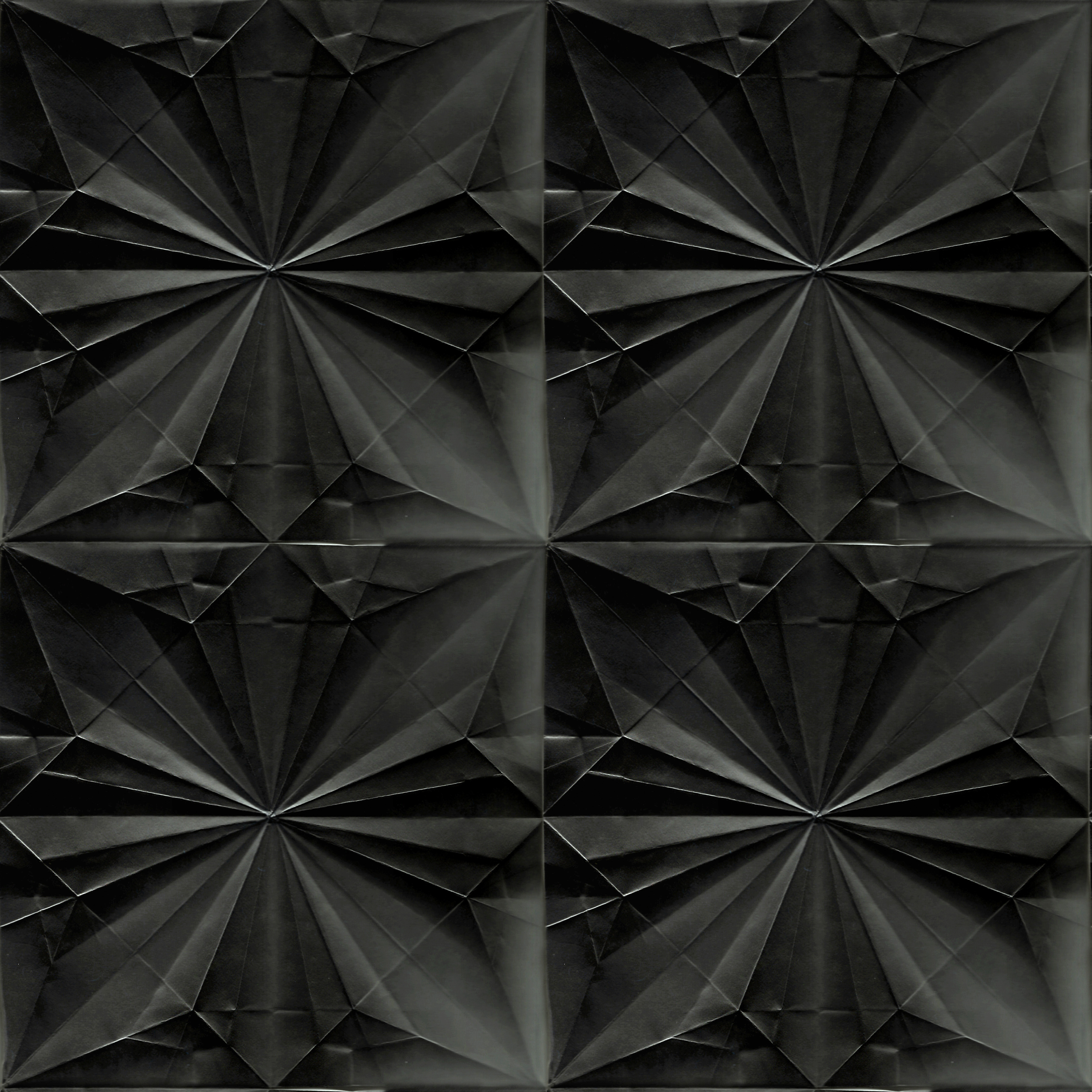For the final project, I’ve decided to change from my initial idea of projection mapping on the CHC (where I look at Chinese nursery rhymes and children’s songs because the reason why the Overseas Chinese community here set up the university is to retain their identity; language is one of the main markers of cultural identity).
I’ve decided to work on a project in a similar vein to my FYP regarding how queer Malays navigate through different spaces (hostile or friendly; heteronormative or queer) by suppressing or expressing their queer identity.
In deciding on the form for the installation, I’m curious on rituals and performance. I find that the act of navigating different spaces and having to enact different personas in accordance to the space they’re in is akin to performance. In fact, Judith Butler called it ‘gender performativity’ — where
In order for queer performativity to exist, opposing terms needs to be determined. Furthermore, both terms are able to synthesise or “sublates the opposition between them”, a process Hegel called Aufhebung (Moya, 2007). Butler reasoned that heterosexuality exists to oppose homosexuality (1987). However, she rejects the notion of a full synthesis as this ignores the cultural and historical context that these binaries appear in and the insurmountable differences in the opposing terms (1987).
Butler claims that it is impossible to synthesise differences between opposing terms to a homogenous singular definition. I agree with her in that homosexuality and heterosexuality can never be synthesized to produce a more ideal sexuality. However, certain binary terms such as queer being the antithesis to Malay, are social constructs which can be overcome by sublating one into the other into a whole inclusive Malay identity — one that accepts the differences within the term ‘Malay’.
Source:
- Moya, Lloyd. Judith Butler, From Norms to Politics. UK: Cambridge, 2007.
- Butler, Judith. Subjects of Desire: Hegelian Reflections in Twentieth-Century France. NY: Columbia University Press, 1987. (SD)
